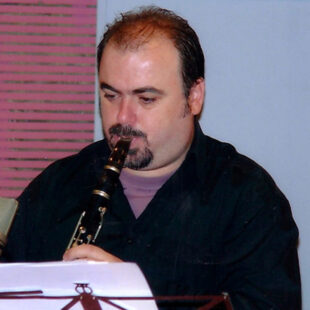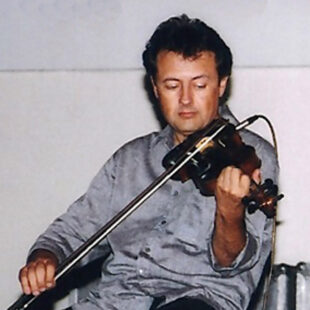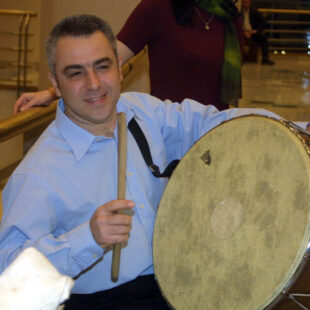00:00
Home / Her Work / Song Catalogue / Hasapikos dance from Aretsou
It is said that the hasapikos dance has its roots in the dances of Byzantium’s butchers’ guild. It was the most characteristic and popular dance among the Greek communities living around the Sea of Marmara, as well as in nearby regions such as Eastern Thrace and Northwestern Asia Minor. From there, it spread to various Aegean islands and to the Asia Minor coast. Today, it is one of the principal dances accompanying rebetika and modern popular Greek music.
The dance exists in two rhythmic forms: a slow version, traditionally danced only by men, and a fast version —like this one— which is also danced by women.
The melody of this fast version comes from Aretsou (Turkish: Darica, the ancient and Byzantine Ryssion, according to scholars), an important Greek town at the entrance of the Gulf of Astakinos (modern Gulf of İzmit) in the Sea of Marmara.
Once famous for its fish, grapes, and fun-loving residents, Aretsou maintained daily contact with Constantinople. After the Asia Minor Catastrophe in 1922, its people resettled around Thessaloniki — fishermen in Kalamaria and farmers in Neo Rysio near Thermi. In their homeland, the people of Aretsou were known in Constantinople for their boisterous spirit — as legendary drinkers, revellers, and dancers.
Theodor Kondaras (2022)
Live recording from the concert Songs of Asia Minor with Domna Samiou, held on 8 March 2005 at the Megaron —
the Athens Concert Hall.

Clarinet

Violin

Constantinopolitan lute

Lute

Goblet drum

Tambourine

Dancers

Dancers

Dancers